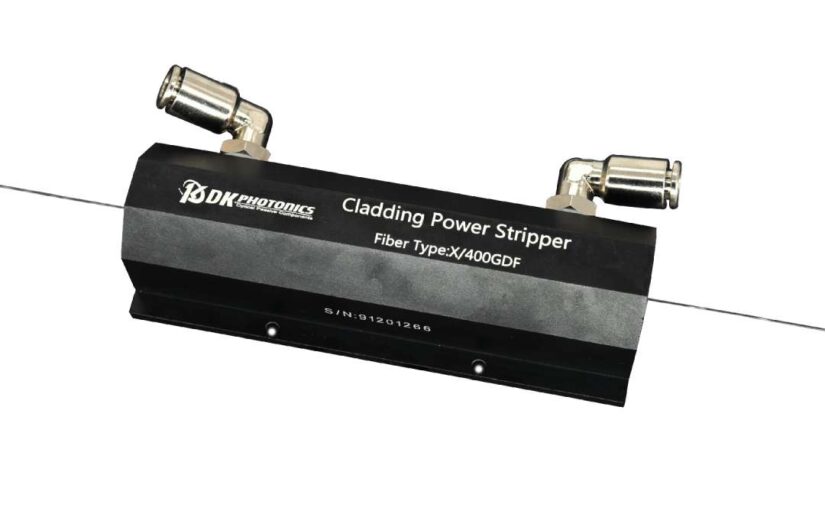In the vast world of fiber optics, choosing the right type of coupler is crucial for optimizing your network’s performance. One of the key decisions you’ll face is whether to go with a single-mode fused coupler or a multimode option. Understanding the differences between these two can make a significant impact on your network efficiency. Let’s delve into the nuances of each and help you make an informed decision.
Understanding Single-Mode Fused Couplers
Single-mode fused couplers are precision-engineered devices designed for use in single-mode fiber optic systems. Single-mode fibers allow only a single mode of light to propagate through the core, resulting in less signal dispersion and higher bandwidth capabilities. This makes them ideal for long-distance communication and high-speed data transmission.
A single-mode fused coupler operates by combining or splitting optical signals with minimal loss. The ‘fused’ aspect refers to the manufacturing process, where two or more fibers are precisely aligned and then fused together to create a single device. This meticulous alignment ensures minimal signal loss, making single-mode fused couplers highly efficient for demanding applications.
The Multimode Perspective
On the other hand, multimode fibers support multiple modes of light, allowing for more signal paths within the core. This characteristic makes multimode fibers suitable for shorter-distance communication and applications where high bandwidth is not as critical. Multimode couplers are also fused during the manufacturing process, but the larger core diameter accommodates more light modes, which can lead to higher signal dispersion.
Key Differences: Bandwidth and Distance
The primary factor that often dictates the choice between single-mode and multimode fused couplers is the required bandwidth and transmission distance. Single-mode fibers offer significantly higher bandwidth and longer transmission distances, making them the preferred choice for applications such as telecommunications, long-haul data transmission, and high-speed internet connections.
In contrast, multimode fibers are suitable for shorter distances and applications where high bandwidth is not the primary concern. They are commonly used in local area networks (LANs), shorter data connections, and applications where cost-effectiveness is a key consideration.
Advantages of Single-Mode Fused Couplers
High Bandwidth: Single-mode fibers support higher bandwidth, enabling faster and more reliable data transmission over longer distances.
Low Signal Dispersion: The single-mode design minimizes signal dispersion, ensuring that the transmitted data arrives at its destination with minimal distortion.
Long Transmission Distances: Ideal for long-distance communication, single-mode fused couplers are the go-to choice for applications that span vast geographical areas.
Advantages of Multimode Fused Couplers
Cost-Effective: Multimode fibers are generally more cost-effective than their single-mode counterparts, making them a practical choice for shorter-distance applications.
Ease of Installation: The larger core diameter of multimode fibers makes them more forgiving during installation, simplifying the setup process.
Versatility: While not suitable for long-distance communication, multimode fibers are versatile and find applications in LANs and other local networking environments.
Choosing the Right Option
When deciding between single-mode fused couplers and multimode alternatives, it’s essential to assess your specific needs and the nature of your network.
Consider Distance Requirements: If your network spans long distances, a single-mode fused coupler is likely the better choice. For shorter distances and local networking, multimode may be more suitable.
Evaluate Bandwidth Needs: If your applications demand high bandwidth, especially for data-intensive tasks, single-mode is the preferred option. For less demanding applications, multimode could provide a cost-effective solution.
Budget Considerations: While single-mode couplers generally offer superior performance, the higher cost may be a factor. If budget constraints are a concern and your network requirements align with multimode capabilities, it could be the more practical choice.
Conclusion
In the world of fiber optics, the choice between single-mode fused couplers and multimode alternatives depends on your network’s specific requirements. Assessing factors such as bandwidth needs, transmission distances, and budget considerations will guide you towards the most suitable option. Whether you’re building a long-distance telecommunications network or a local area network for your business, understanding the differences between these couplers is the first step in making an informed decision that ensures optimal network performance.
